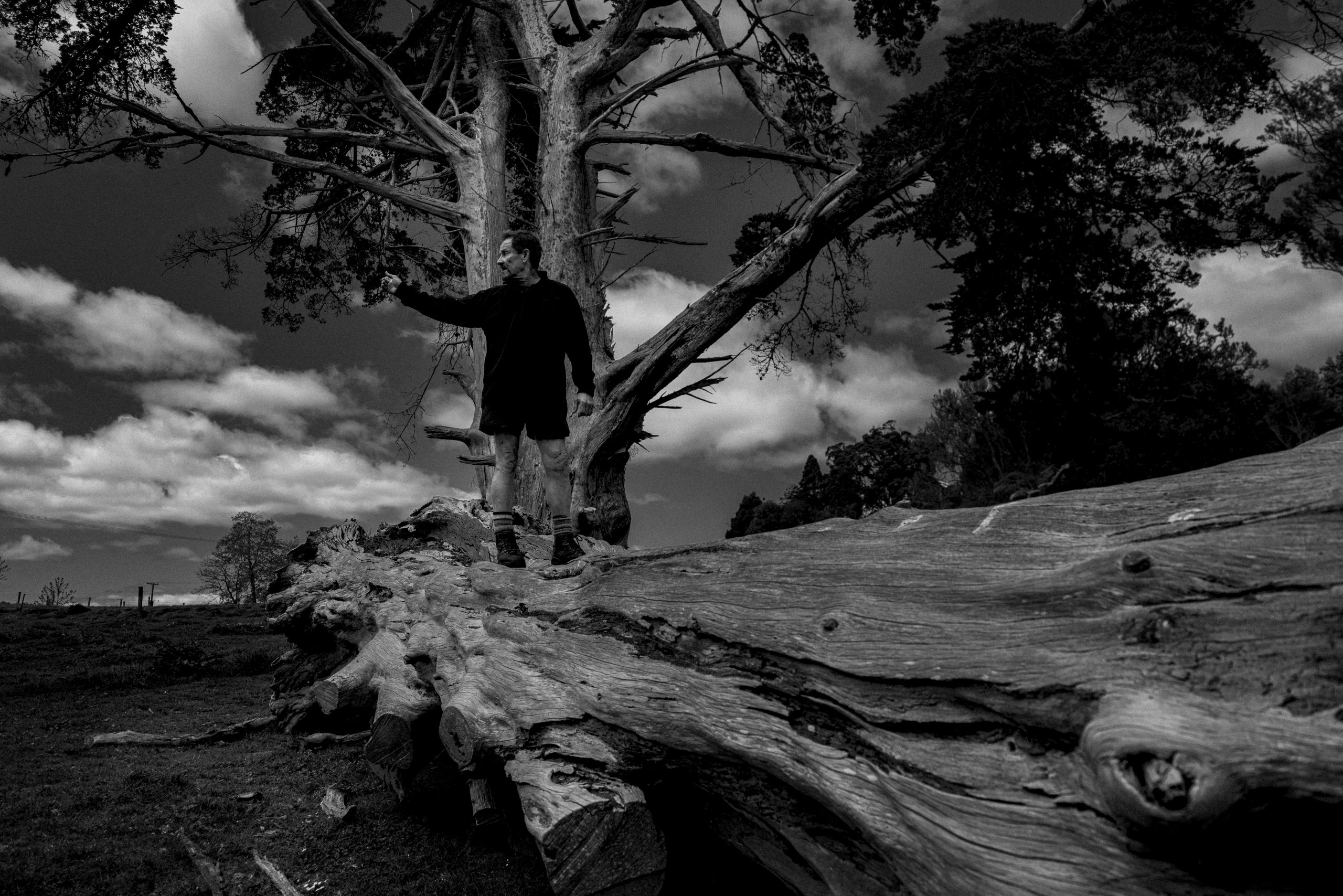We have plenty of fine words and good intentions, but what is actually happening in forests and on farms to restore our native forests and ecosystems? These four case studies provide examples of practitioners establishing and managing native forests using near-to-nature or continuous cover principles, and show what can be done with resourcefulness and determination.
1. Sustainable management of Northland’s tōtara resource
The Tōtara Industry Pilot (TIP) is a project to investigate the opportunity for developing a tōtara industry in Northland, based on the careful management of the existing tōtara resource. There are over 200,000 hectares of regenerating native forest and scrub in Northland, and tōtara is, or will be, the dominant canopy tree species. Farmers and remote communities might be able to use timber from tōtara growing on private and Māori land all around the region, in a sustainable and economically viable way.
This project builds on the work of the long-running Northland Tōtara Working Group (NTWG) to investigate the possibilities for bringing neglected and under-valued stands of tōtara back into productive management, enhancing their biodiversity and landscape values and developing forestry systems which allow for sustainable harvesting and utilisation of this most revered of native timber trees.
Tānes Tree Trust trustee Paul Quinlan has been a leading part of both the TIP and the NTWG.
Continuous Cover Forestry at Woodside Forest, North Canterbury
Dr John and Rosalie Wardle have been developing continuous cover management systems in both their natural black beech forest and their plantation radiata pine since the 1980s. The black beech is managed under an approved Sustainable Forest Management plan; management operations are described in Quantifying an integrated production/conservation model for small-scale indigenous forest management in NZ by Bloomberg, Thornton-Pay and Evison, and more details of the way the whole property is sustainably managed for multiple values can be found in the book, Woodside: A small forest managed on multiple use principles.
In 2016, a project funded by MPI’s Sustainable Farming Fund investigated the economics of the ‘target diameter harvesting’ continuous cover radiata pine management at Woodside and drew conclusions on whether the system could be transferred to other radiata pine woodlots. A video describing the continuous cover radiata pine management system was filmed as part of the project.
2. Sustainable harvesting of native trees in West Coast forests
Foreverbeech is a unique timber brand produced from privately owned West Coast forests and available in a range of products at Health Based Building.
The company sources carefully selected trees from native forests under approved Sustainable Forest Management plans. Harvested trees are extracted by helicopter to negate damage to soils and the forest understorey, and then transported to a native timber sawmill at Reefton for processing into high value products such as flooring, naturally durable cladding and joinery timbers.
3. Planting new native forests
Ian Brennan began planting native trees on Cassie’s Farm near Cambridge in the Waikato Region, over 15 years ago. Any land too steep to drive a vehicle on will eventually be planted, and the catchment of each of the farm’s seven watercourses will be protected by native plantings. The long-term goal is to create forests which can be managed sustainably for timber using continuous cover forestry principles.
Ian Brennan is a Tāne’s Tree Trust trustee.





Leave a comment